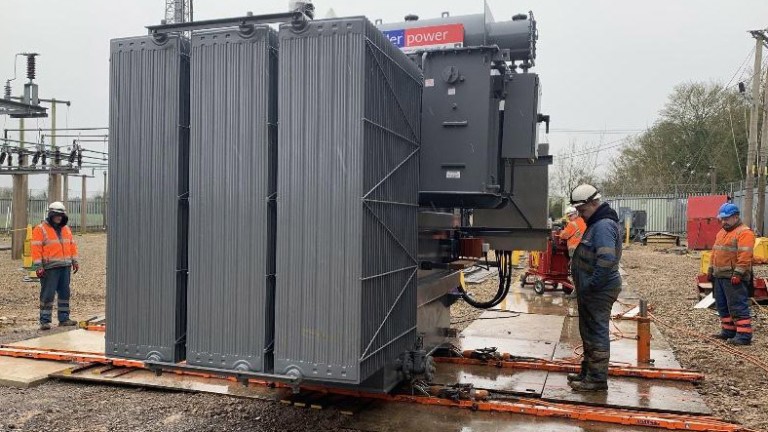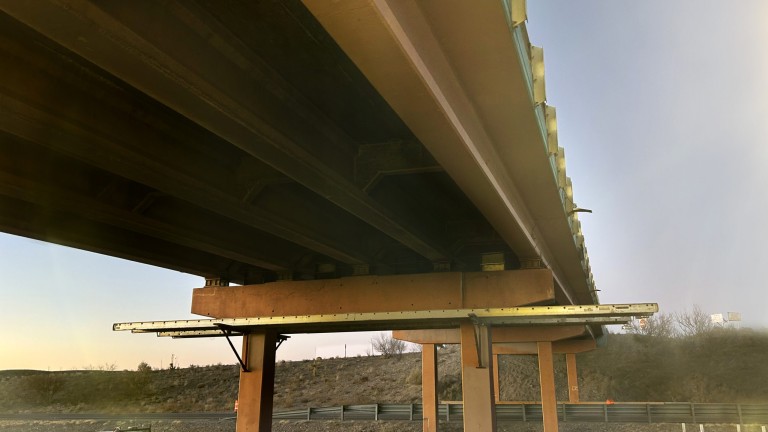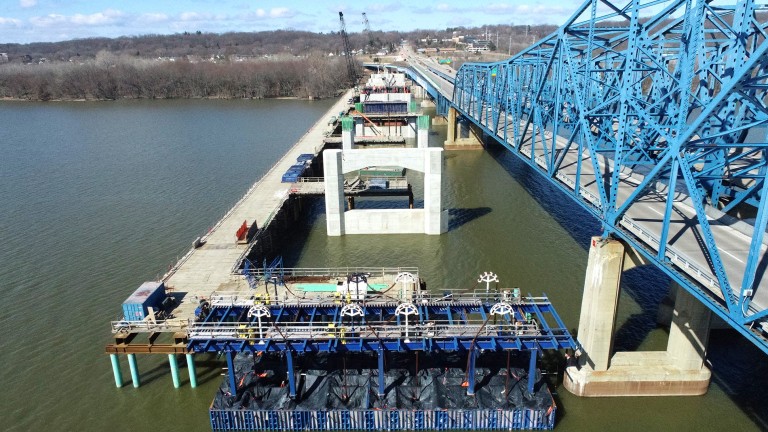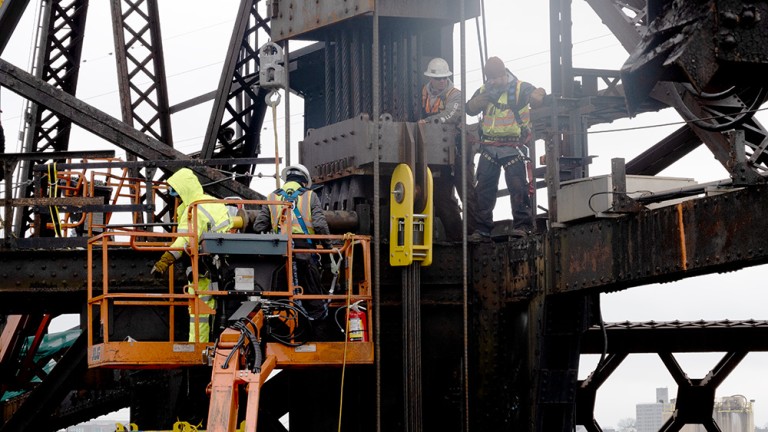According to the Associated Builders and Contractors (ABC), construction delays are on the rise across all industries. The group’s Construction Backlog Indicator increased to 9 months in May 2022—the average backlog was at 8 months a year ago. When you peel back the data by industry, the worst 12-month net change occurred in heavy industrial construction backlogs, which increased 2.3 months over the last year. Commercial and institutional construction’s backlog rose 1.1 month over the past 12 months, while infrastructure construction delays were the most modest, up 0.6 months from May 2021. How do increasing delays impact the overall bottom line?
“Every day that a project is stalled adds to the overall project costs,” shared Christopher Cox, P.E., Founder and President of Engineered Rigging. “Construction expenses are on the rise due to inflation and high demand for materials, tools and equipment. When you combine that with the extra expenses created by a project delay, you’ve got a real budget crisis.”
Causes of Construction Delays
Whether its industrial plant maintenance or a civil construction project, there are many factors that cause delays. Supply chain issues, material and labor shortages, permitting, safety concerns, logistics and weather are just a few of the root causes of missed deadlines and prolonged schedules. In addition, changes in the project scope, scheduling errors and disputes also cause delays.
Sometimes factors far removed from the core need cause unexpected interruptions in the project schedule. For example, MSN recently reported on the asphalt shortage. Manufacturers cannot get the aggregate needed to make asphalt. The reason? The aggregate is transported via rail, and there is currently a shortage of railroad conductors. As a result, asphalt delivery times have been significantly delayed and costs have risen as much as 40%.
Sadly, the situation is not expected to improve anytime soon. In a recent issue of Contractor magazine, ABC Chief Economist Anirban Basu stated, “The risk of severe increases in costs and substantial delays in delivery remains elevated given the volatility in input prices, the propensity of the labor force to shift jobs in large numbers and equipment shortages and delays.”
Ways to Manage Construction & Plant Maintenance Delays
No matter the cause, there are some winning strategies to mitigate maintenance and construction project delays.
“I encourage clients to tackle any delay with the three p’s: patience, practicality and a plan,” shared Cox. Chuckling, he added, “There is one p that is best avoided: panic.”
Christopher went on to explain that contractors and project managers are sometimes tempted to cut corners to make up time. This rarely pays off and can backfire, leading to even longer delays and higher costs. For example, eliminating safety meetings and training can dramatically increase the risk of injury, and the statistics around workplace safety are sobering. According to the Bureau of Labor Statistics, in 2020 there were 174,100 cases of construction injuries which equates to one in every 10 workers. The costs associated with a workplace injury can be staggering including workers compensation, medical treatment, lost productivity, project delays and OSHA penalties.
When faced with a delay, a contractor is best served by having open and honest communications with everyone involved including the project manager, suppliers, and project engineers. Ideally, the group will revisit the project plan to adjust the schedule in the most efficient manner, identify alternative sources for time-lagged products and scarce materials, and collaborate on time and cost-saving opportunities.
“At Engineered Rigging, we understand project delays happen, and we strive to be part of the solution. Fostering frequent communications enables us to know about a problem early. We approach delays by being flexible and dynamic in our deliverables and working to identify alternative sources for parts, tools and materials,” said Cox.
In more than one case, Engineered Rigging’s unique triad of offerings has helped clients save time and money when they’ve faced delays in other areas of the project. Cox explained, “By offering engineering services, fabrication capabilities and heavy lifting and specialized equipment rentals under one roof, we can streamline the construction process and deliver synergies that others can’t.”
For an example of the synergies that Engineered Rigging can provide, read the case study on the Cline Avenue Bridge project. We provided equipment rentals, engineering services and a turnkey design-build solution. We even used some of the client’s gear at their request to keep fabrication costs down and shorten their schedule. For more insight on the benefits of design—build, check out this Heavy Lifting News article.












